Ivan Aivazovsky: The Master of Maritime Art

Ivan Konstantinovich Aivazovsky, born on July 29, 1817, in the town of Feodosia in Crimea, is widely acknowledged as one of the most eminent Russian Romantic painters, particularly known for his mastery in depicting the beauty and power of the sea. Belonging to an Armenian family, Aivazovsky left a legacy that made him one of the most distinguished artists of marine art, capturing the exquisiteness of oceanic landscapes with an unparalleled sense of motion and light. His paintings are celebrated for their realistic portrayal of the sea, often imbued with profound philosophical contemplation and poetic grandeur.
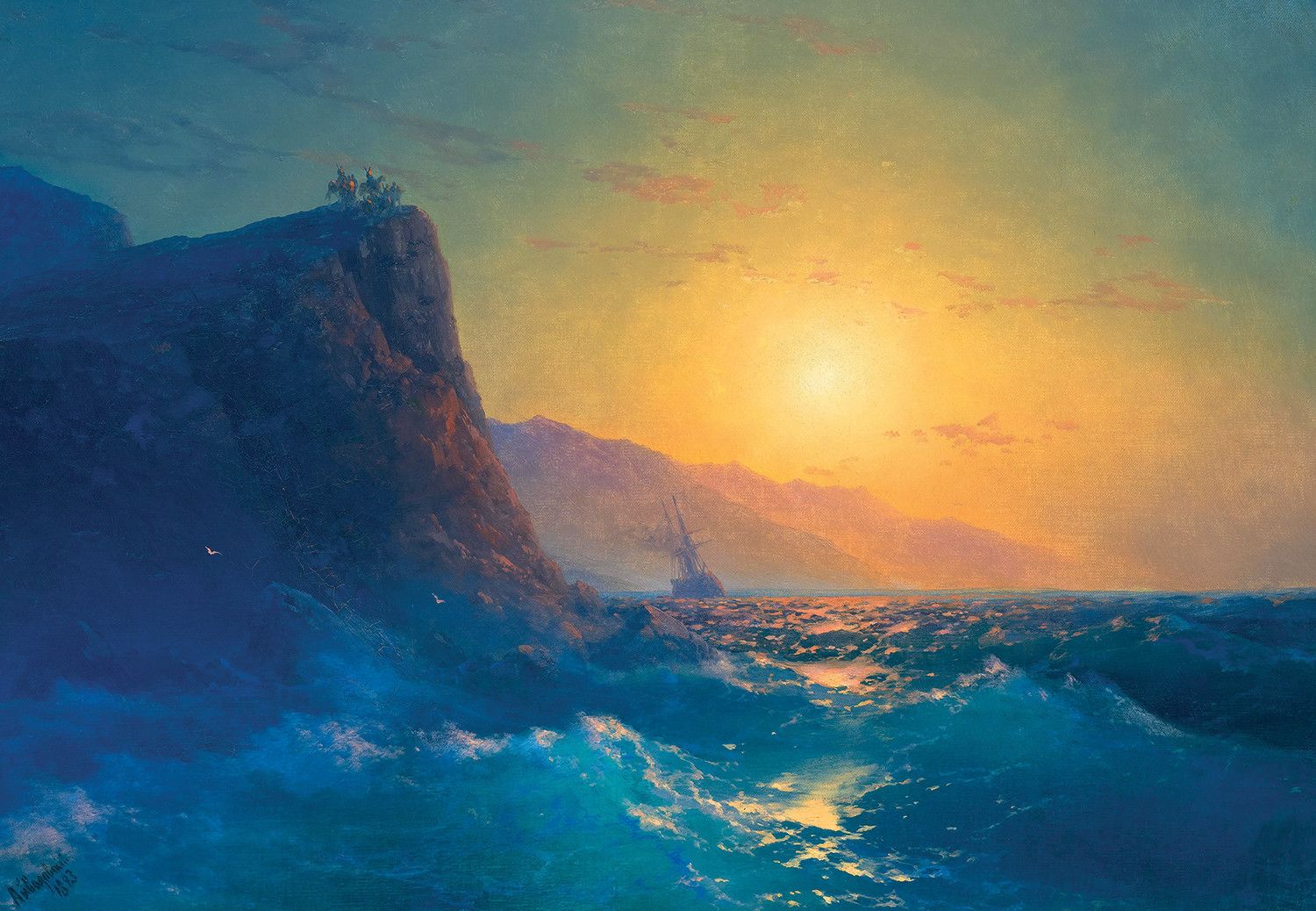
Early Life and Education
Aivazovsky's artistic journey began at the Simferopol gymnasium, and at the age of 17, he moved to Saint Petersburg, where he enrolled in the Imperial Academy of Arts. Under the tutelage of renowned artists like Philippe Tanner and Maxim Vorobiev, he honed his skills, developing a particular affinity for the sea. His talent and dedication earned him a gold medal and a scholarship for travel studies abroad, further solidifying his path as a marine artist.
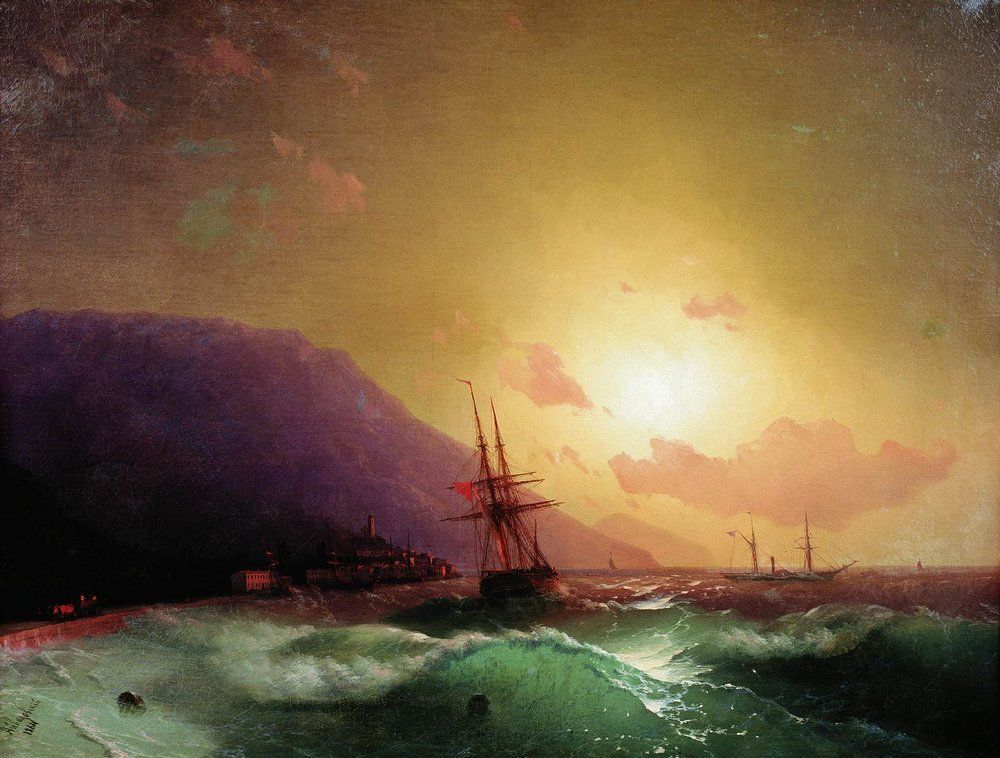
Artistic Career
Upon completing his studies, Aivazovsky traveled across Europe, where he was influenced by the works of marine artists like Claude-Joseph Vernet. He painted seascapes across the continent, with Italy being a notable source of inspiration, resulting in some of his most famous works such as "Chaos. The Creation of the World," which he painted to widespread acclaim in 1841.
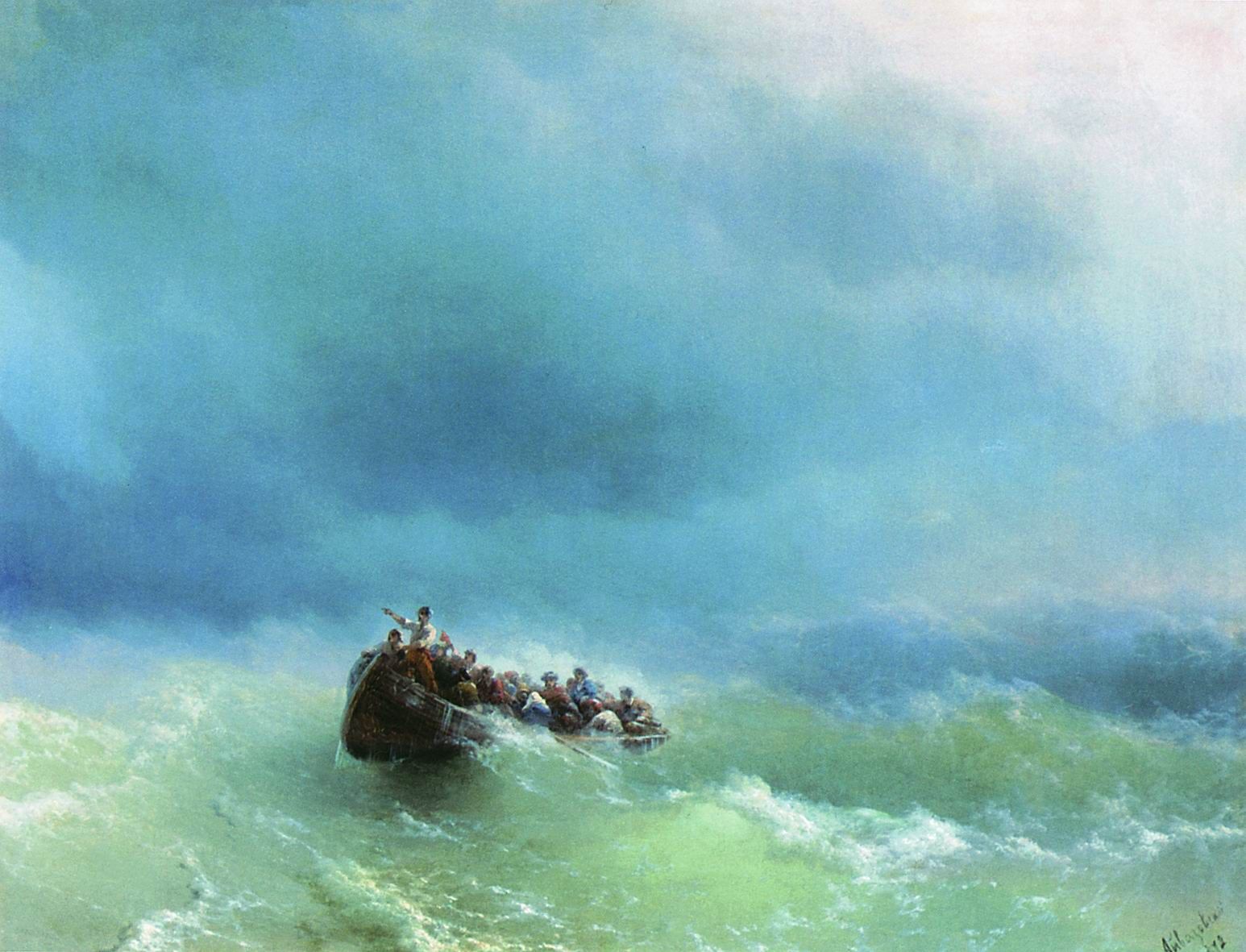
Aivazovsky's ability to capture the translucence and movement of water, as well as the play of light and atmosphere, has rendered his oeuvre as timeless. His scenes of storms, calm seas, shipwrecks, and naval battles resonate with viewers for their dramatic intensity and romantic allure.

Noteworthy Artworks
Throughout his career, Aivazovsky produced over 6,000 paintings, a testament to his prolific nature as an artist. Among his most notable works are:
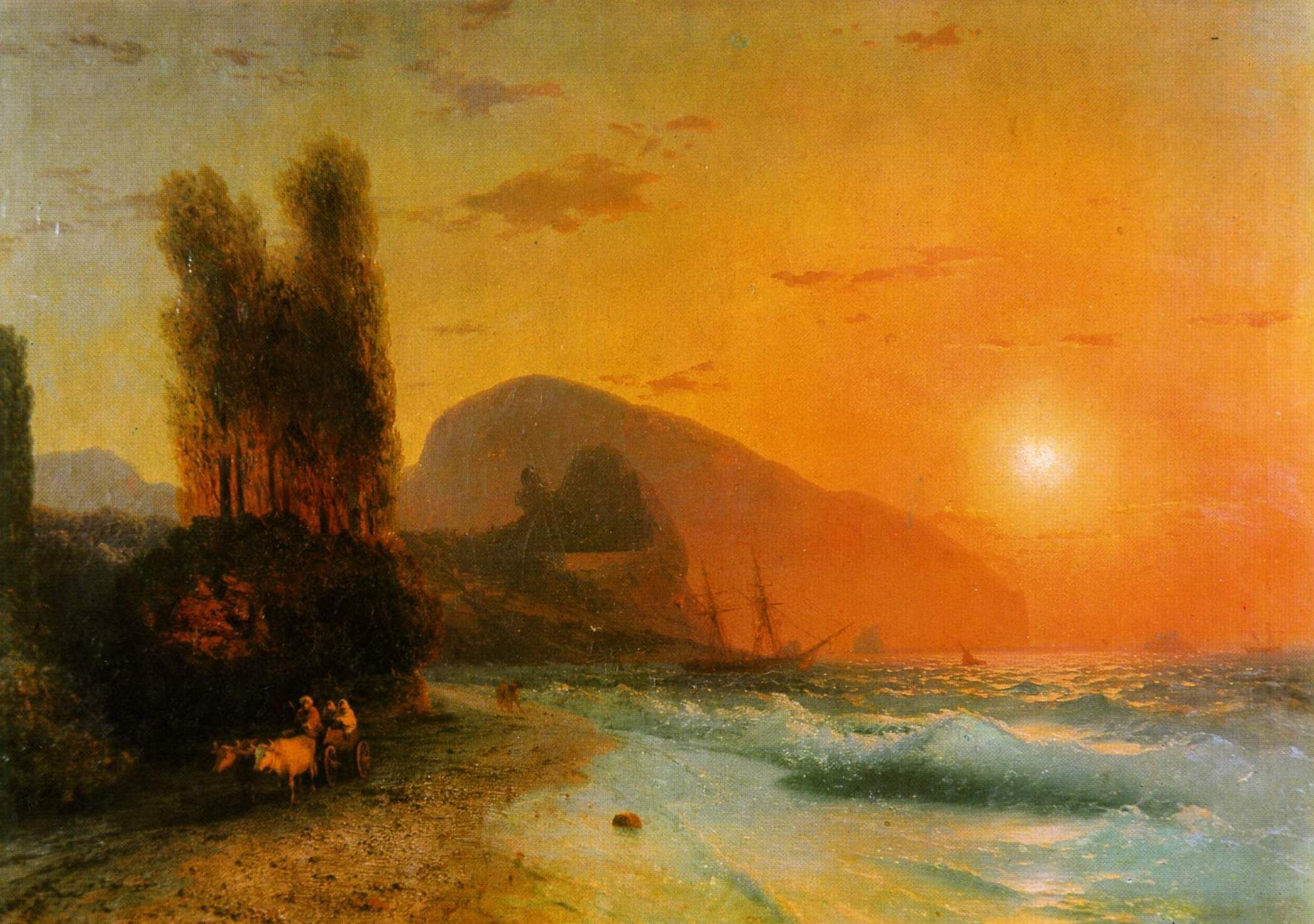
1. "The Ninth Wave" (1850) – Often considered his magnum opus, it showcases survivors from a shipwreck clinging to a mast amidst powerful waves illuminated by the rays of the morning sun, symbolizing hope amidst despair.

2. "Moonlit Seascape With Shipwreck" (1863) – Combining his fascination with shipwrecks and his skill in moonlit scenes, this painting magnificently represents his talent for depicting light and nature's forces.

3. "Battle of Chesma" (1848) – A historical sea battle between the Russian and Ottoman fleets during the Russo-Turkish War of 1768–1774; this painting highlights Aivazovsky's ability to convey both the turmoil and heroism of war at sea.

Personal Life and Legacy
Aivazovsky was a patriot, often contributing to cultural and social causes. He was appointed the main painter of the Russian Navy, and his patriotism is reflected in numerous paintings illustrating naval battles and victories of the Russian fleet.
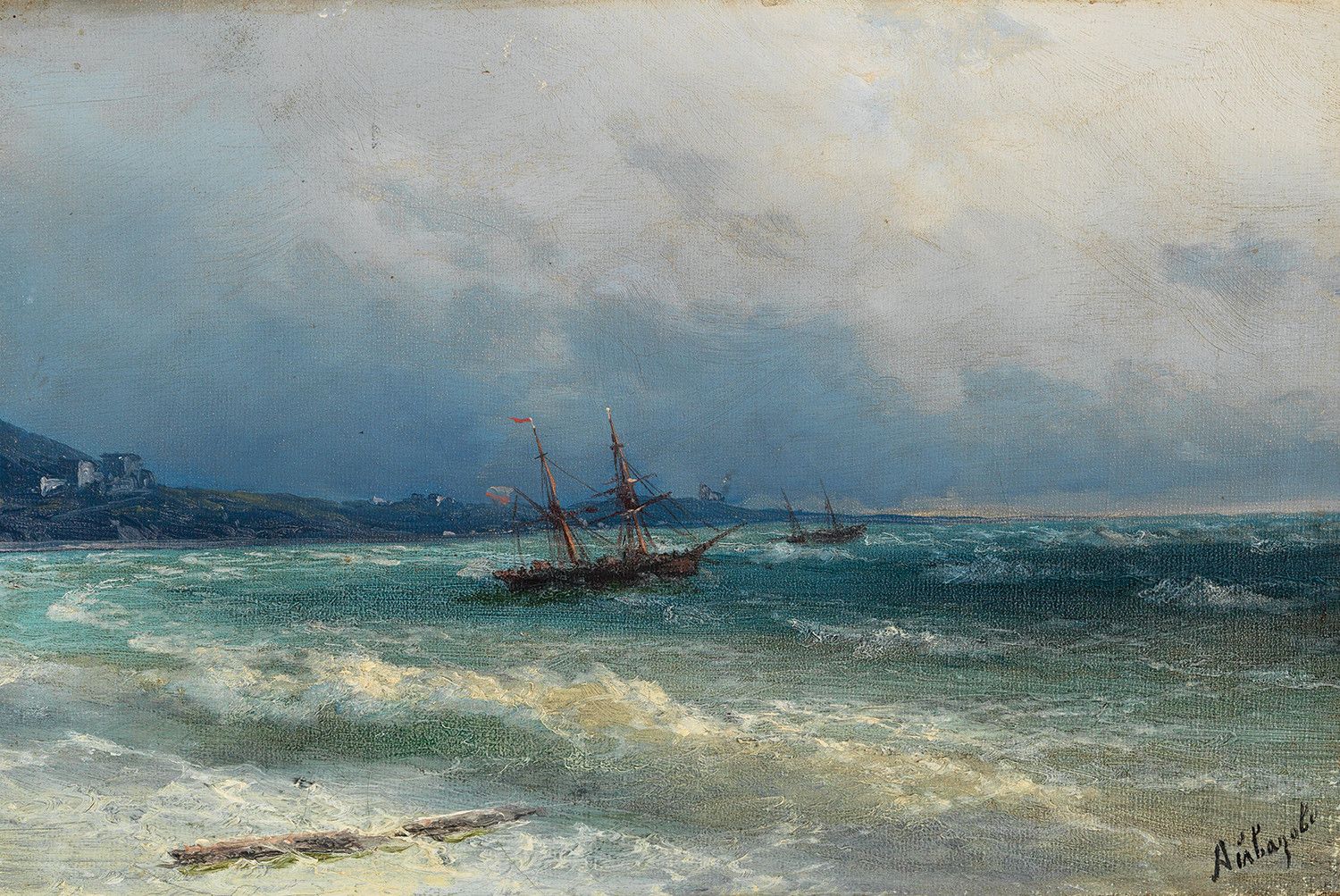
He also contributed significantly to his hometown. He established an art school, a historical museum, and an art gallery in Feodosia where many of his works were housed.
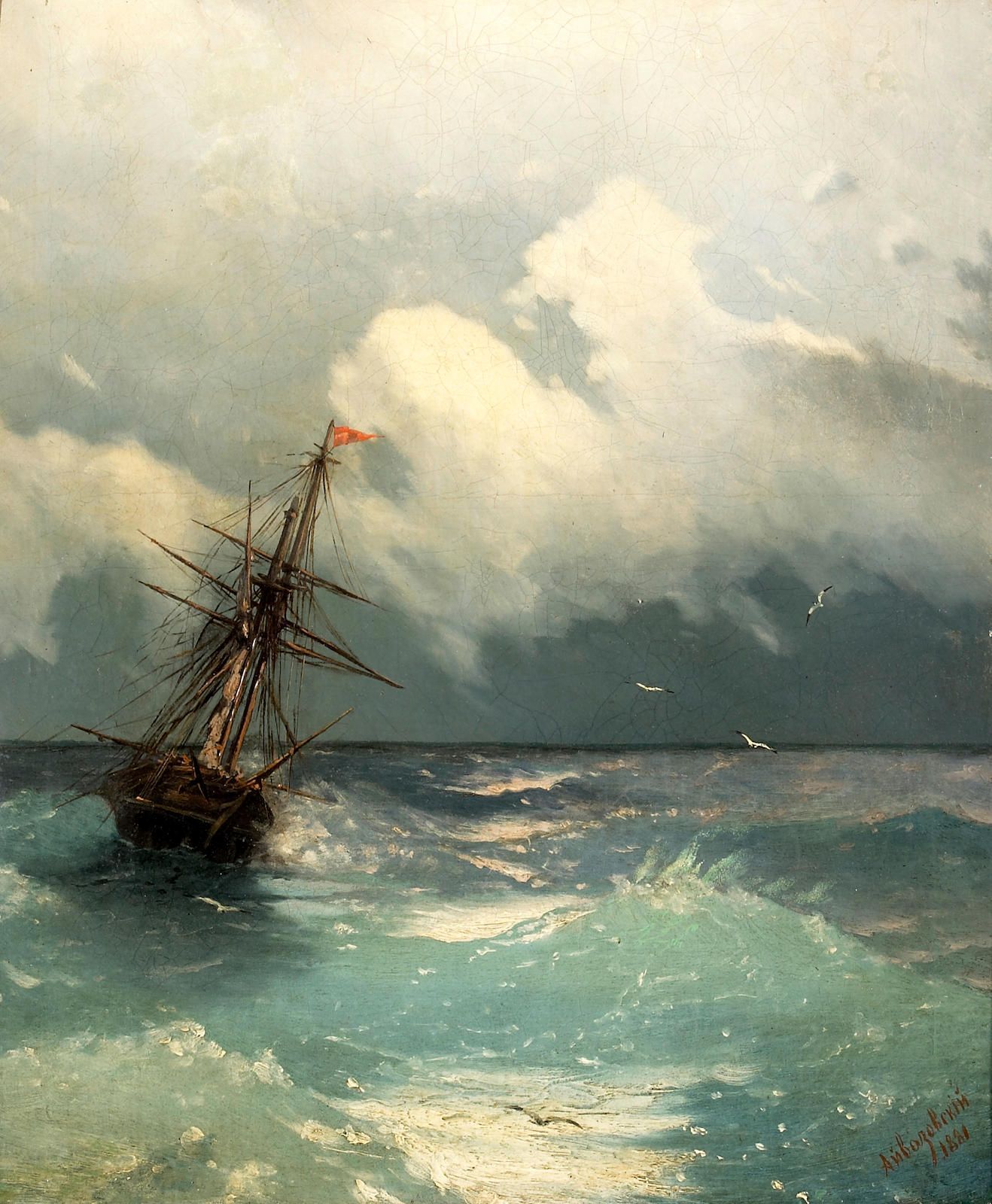
Passing away on May 5, 1900, Aivazovsky left behind a rich heritage that secured his place as one of the most revered figures in Russian art history. His works continue to be admired for their technical precision, emotive force, and sheer beauty. His contribution to marine art endures, influencing countless artists and captivating the imaginations of art enthusiasts around the globe.
Теги
art.